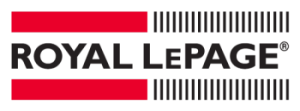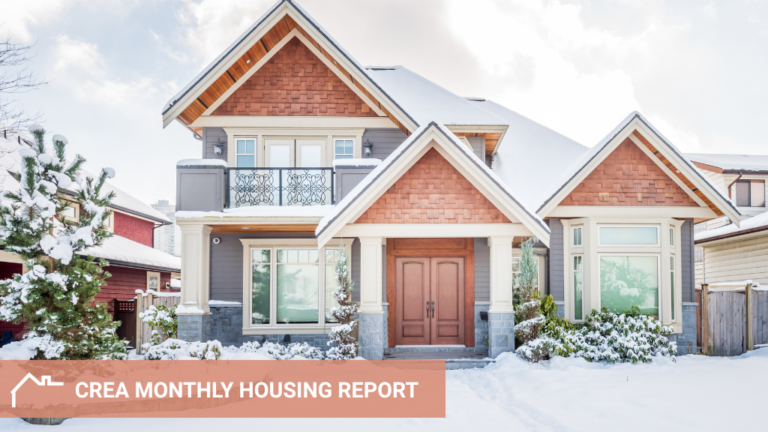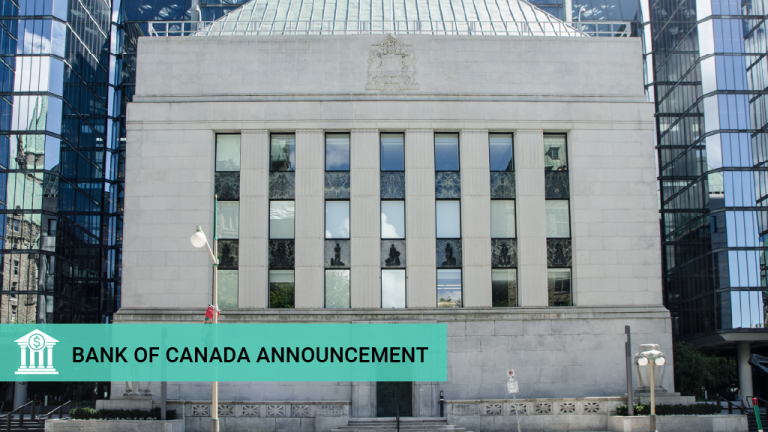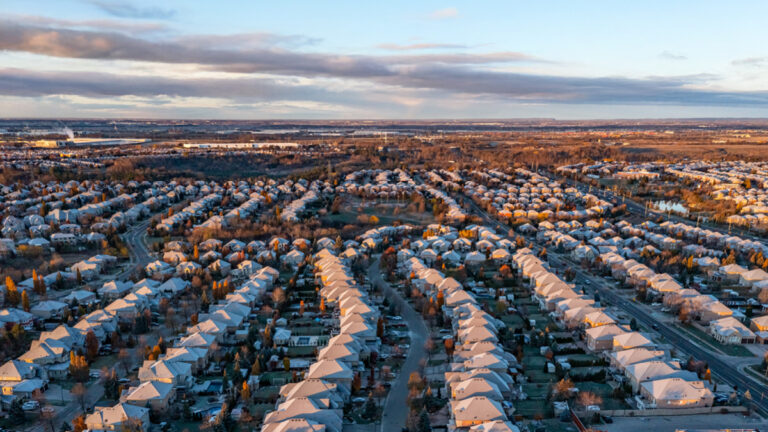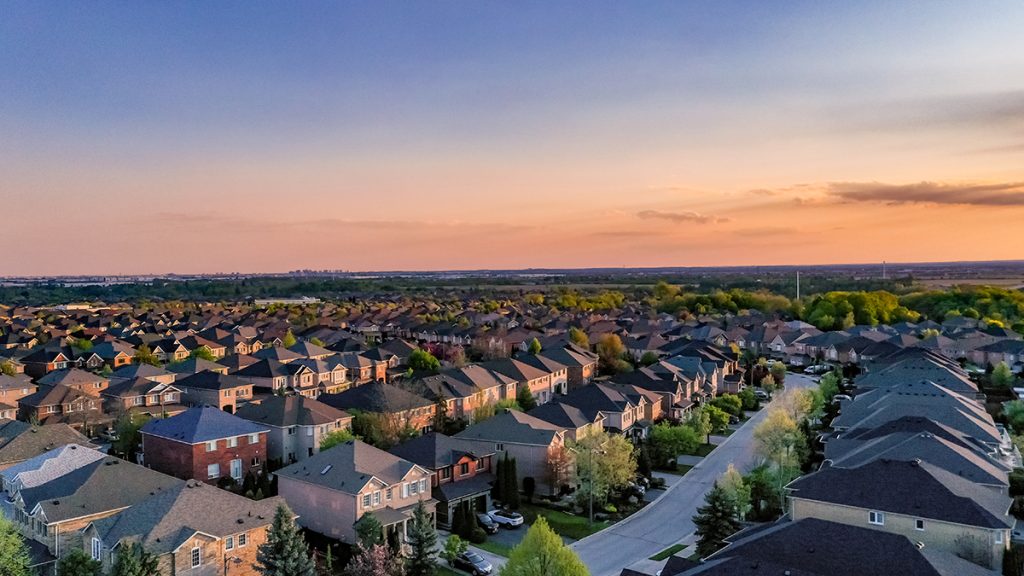
In its 2024 budget delivered in April, the Canadian federal government announced that it would be updating its policy on capital gains tax. The changes, which increased the inclusion rate for capital gains taxes, took effect in June 2024. For those who own recreational or investment homes, capital gains tax will apply when the property is sold.
Do you have a property that may be subject to capital gains tax? Here’s what you need to know about the latest changes to the policy.
What is capital gains tax?
Capital gains tax is the amount you pay on the value of an asset when you dispose of it, whether it be stocks, real estate or other investments. The gain is the difference between the original price that you paid for the asset and its value when you sell it.
For example, if you buy a cottage for $400,000, and sell it ten years later for $700,000, your capital gain on the home is $300,000.
Capital gains tax comes into effect once the gain is “realized,” when the asset is sold. An asset can gain value and generate a capital gain “unrealized,” up until the asset is disposed of.
Capital gains tax is not a tax type of its own – it is a calculation of how much tax you will pay on an asset. Capital gains tax is reported as taxable income, and the rate is based on how much you earn within federal and provincial income tax brackets. In other words, when you sell your cottage for $700,000, a percentage of your $300,000 gain is taxable as income, and the rate of tax will vary depending on how much you make.
What changes have been made to capital gains laws?
The inclusion rate for capital gains tax for individuals was adjusted on Tuesday, June 25th 2024.
Previously, the tax inclusion rate was applicable to a maximum of one-half (50%) of the profit on an asset when sold. Now, when disposing of an asset such as property, an individual is taxed on 50% of their annual capital gains, up to $250,000. Once the capital gains exceeds $250,000, two-thirds (66.67%) of the remaining balance of the capital gain is taxable.
How do I calculate capital gains tax?
The formula for calculating capital gains tax is as follows, using our cottage as an example:
Capital gain or loss = proceeds of disposition – (Adjusted cost base (ACB) + outlays and expenses)1
Proceeds of disposition represent the asset’s value at the time of sale. In the case of our cottage, $700,000.
The adjusted cost base (ACB) is the original price you paid for the asset, in addition to other expenses acquired during the purchase process, such as legal fees or closing costs. For example, the $400,000 original purchase price of our cottage, plus $2,000 in legal fees, for a total ACB of $402,000.
Outlays and expenses include any costs accumulated to prepare the asset before sale, such as renovations, marketing expenses, legal fees and commissions. In this case, let’s say the cottage acquired $5,000 in expenses to prepare for sale.
$700,000 – ($400,000 + $2,000 + $5,000) = $293,000 is the amount that you will be taxed on.
Applying the capital gains tax inclusion rate, we can determine the exact amount we would need to add to our income taxes.
50% tax for the first $250,000 = $250,000 x 0.50% = $125,000
66.67% tax on the gain’s remaining balance = $43,000 x 0.667% = $28,681
$125,000 + $28,681 = $153,681 is the amount you would report on your taxes as income from the sale of the cottage, which will be taxed at a marginal rate based on which income bracket you fall into.
Who is impacted by capital gains tax?
In Canada, capital gains tax is not applicable to principal residences. However, those who are selling a non-principal residence, such as a recreational or investment property, are subject to capital gains tax.
By increasing the capital gains inclusion rate, the federal government says that they can raise $19.4 billion over five years to pay for investments to build approximately four million new homes. However, there is concern that the increased inclusion rate will negatively impact real estate investors, who also play a role in creating much-needed housing supply.
“While the capital gains tax does not apply to primary residences, the significantly higher tax rate will have a material impact on those who provide vital housing stock for the one-third of Canadians who are renters, in addition to millions of recreational property owners. The revised policy will have a negative effect on the important investor segment, discouraging entrepreneurial landlords from investing in much-needed housing supply. This is an unhelpful move for Canada’s housing supply crisis, and is particularly unhelpful at a time when our fragile economy is struggling to recover from the crush of high interest rates,” said Phil Soper, President and Chief Executive Officer, Royal LePage.
“Building barriers that discourage investment in our economy by average Canadians is counter-productive. We should be encouraging more small-scale landlords to contribute to Canada’s rental housing market, not punishing them.”
For more information on capital gains tax policy, read more here.
1Calculating your capital gain or loss, Government of Canada
